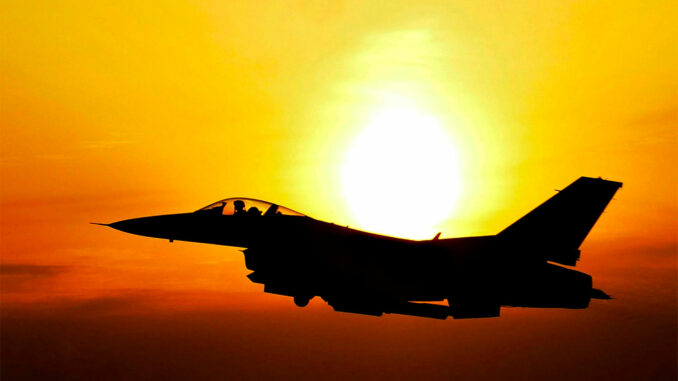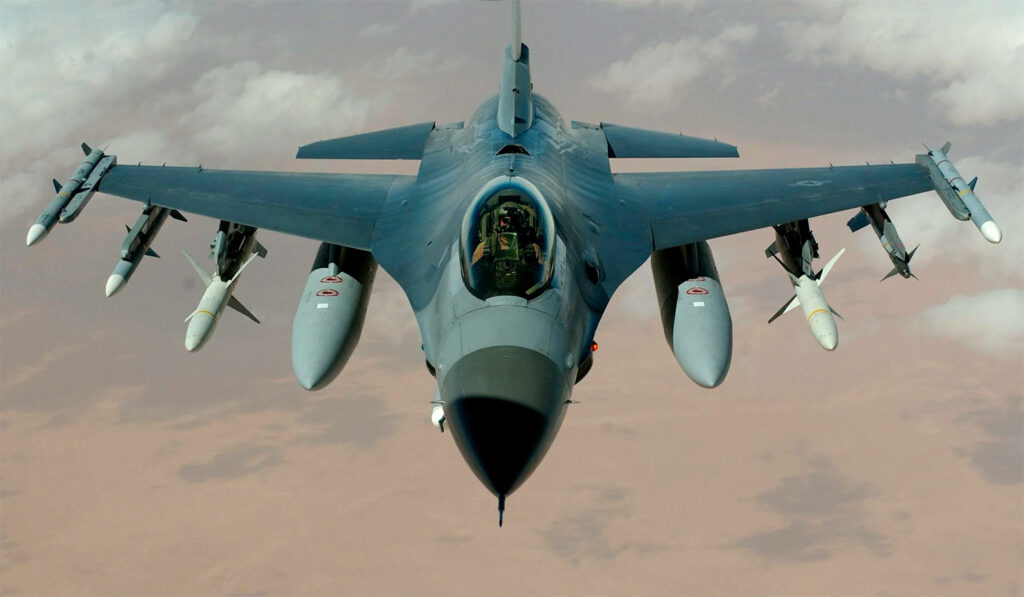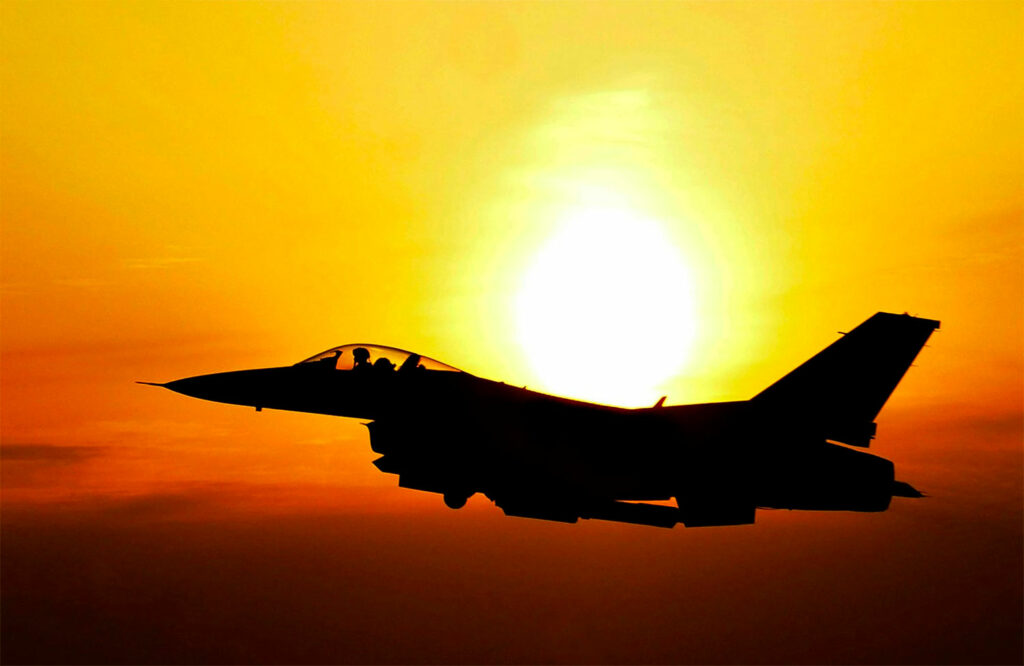
Analysis of communication protocols between fighter pilots and air traffic controllers during joint international operations.
In multinational air operations, coordination between fighter pilots and air traffic controllers is crucial. The communication protocols established are designed to ensure the safety, efficiency, and success of missions. These protocols are the result of years of standardization and joint exercises, particularly within NATO. They include verbal procedures, communication codes, and data link systems. This article examines these protocols, their implementation, and their strategic importance in detail.

Standardized radio communication procedures
Radio communication between fighter pilots and air traffic controllers relies on strict procedures to avoid ambiguity. The International Civil Aviation Organization (ICAO) has established standards for radiotelephony phraseology, detailed in Annex 10 of the Chicago Convention. These standards are supplemented by publications such as ACP 125, used by NATO armed forces for tactical communications.
Radio messages follow a specific structure: identification of the sender, recipient, message, and acknowledgment. For example: “Alpha 1, this is Control, climb to 10,000 feet, heading 270.” The use of standardized terms reduces the risk of misunderstandings, which is essential in multinational environments where accents and language proficiency levels vary.
Fighter pilots and controllers must also be proficient in aviation English, the official language of international communications. The ICAO requires a minimum level of language proficiency (level 4) for international operations. Tests such as the ELPAC assess this proficiency.
Tactical communication codes: brevity codes and NATO procedures
In addition to standard procedures, air forces use tactical communication codes to quickly convey complex information. NATO brevity codes are concise terms that designate specific situations. For example, “Fox Two” indicates the firing of an infrared-guided missile. These codes are detailed in documents such as the Multi-Service Tactical Brevity Code.
The use of these codes requires rigorous training. During joint exercises, fighter pilots and controllers practice using them to ensure mutual understanding. These codes are essential for real-time coordination, particularly during air engagements or interceptions.
In addition, specific procedures are in place to handle emergency situations, such as loss of communication. Pilots must follow predefined flight paths and use visual signals to indicate their status. Controllers, for their part, apply protocols to ensure the safety of the airspace concerned.
Data link systems: towards greater interoperability
Beyond voice communications, modern air forces rely on data link systems to exchange tactical information in real time. The Link 16 system, for example, allows fighter jets, ships, and ground units to share data such as positions, targets, and mission orders. This system, standardized by NATO’s STANAG 5516, provides secure, jam-resistant communication.
The integration of these systems requires compatible equipment and specific training. Modern fighter jets, such as the F-35 and the Rafale, are equipped with Link 16 terminals. However, interoperability with older platforms or other nations remains a challenge. Initiatives such as the use of communication gateways and the standardization of protocols aim to overcome these obstacles.
In addition, systems such as CPDLC (Controller-Pilot Data Link Communications) are being deployed to improve air traffic management, particularly in Europe. This system enables the exchange of text messages between pilots and controllers, reducing the burden of voice communications and improving the accuracy of exchanges.

Challenges and prospects for communications in joint operations
Multinational air operations pose specific challenges in terms of communication. Linguistic, cultural, and technological differences can lead to misunderstandings and even incidents. One study found that 73% of the air incidents analyzed involved communication problems.
To address these challenges, air forces are investing in joint training, standardization of procedures, and improved communication technologies. Exercises such as “Red Flag” and “Tiger Meet” allow fighter pilots and controllers from different nations to train together, thereby enhancing interoperability.
In addition, evolving threats, such as the use of drones and cyberattacks, require constant adaptation of communication protocols. System resilience, cybersecurity, and procedural flexibility are becoming priorities to ensure mission success in a changing environment.
Communication between fighter pilots and air traffic controllers is a fundamental part of multinational air operations. Established protocols, whether verbal or digital, aim to ensure the safety, efficiency, and coordination of missions. In the face of current and future challenges, constant attention to training, standardization, and technological innovation is essential to maintain operational superiority.
War Wings Daily is an independant magazine.